Join the course
Humblebrag raclette put a bird on it blog, fam hexagon jianbing neutra godard plaid scenester.
Homesteading 101 Starter Course
Family
Free Guide
Courses & Guides
shop with me
FAVE LINKS
Low Toxic Living
Homesteading
Homemaking
Recipes
Topics
I’m a homesteader, homemaker, milkmaid, and bread baker! This is my very own slice of the internet, dedicated to inspiring you to live old fashioned in today's modern world. I’m so excited you’re here, and can’t wait to connect with you.
Hey there! Some links on this page are affiliate links which means that, if you choose to make a purchase, I may earn a small commission at no extra cost to you. I greatly appreciate your support!
Artisan Bread vs Sourdough Bread
Artisan bread vs sourdough bread. In recent times, the term “artisan bread” has become quite common, but what exactly does it mean and how does it differ from other bread types? This post talks about artisan bread vs sourdough bread and also many other types of bread we all know and love! We just don’t exactly know the difference between each of them!
Artisan bread is characterized by its handcrafted nature, made in small batches with simple, wholesome ingredients like flour, water, yeast, and salt. It stands in contrast to mass-produced bread, as true artisan bread requires a considerable amount of time and attention to detail. Some well-known examples of artisan bread include ciabatta, brioche, and focaccia.
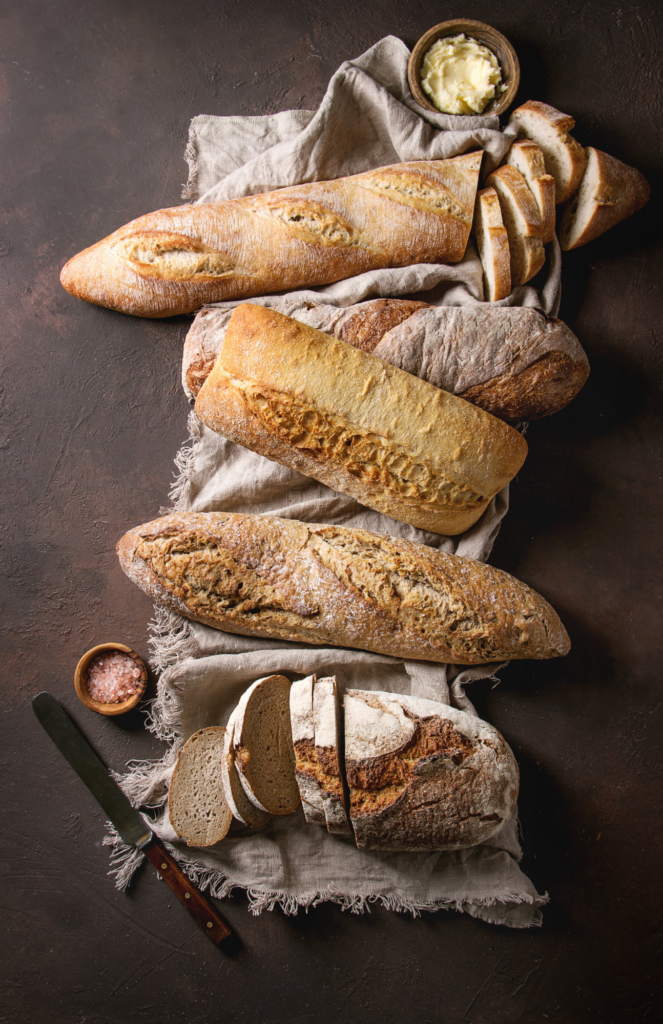
To understand the uniqueness of artisan bread, it’s essential to compare it to “regular” bread. Unlike mass-produced bread, artisan bread is not produced on a large scale and lacks the additives and preservatives commonly found in commercial bread. Instead, artisan bread focuses on quality ingredients and traditional techniques, resulting in a superior taste, texture, and overall experience.
If you’re interested in experiencing artisan bread for yourself, you can find it in specialty bakeries, farmer’s markets, or artisanal food stores. These establishments often take pride in producing bread with exceptional flavors and craftsmanship.
Now, lets jump in and learn the difference between artisan bread vs sourdough bread.
This post contains affiliate links that I may earn a small commission from.
You can find my bread-making supplies here!
Table of Contents
What Makes Artisan Bread Different?
Artisan bread is known for its distinct yeasty flavors and unique appearance. Defining artisan bread is challenging due to its diverse range of variations. In essence, any bread made from scratch can be considered artisan bread.
The History of Artisan Bread
Bread-making dates back 5000 years, with evidence of ancient cultures like the Egyptians and Mesopotamians baking an early type of bread. Throughout history, people have made bread to nourish their families, sell, and share. By today’s standards, all such bread would be considered artisan, as the concept of mass-produced factory bread is relatively recent.
The Process of Making Artisan Bread
Crafting artisan bread can take up to 24 hours. Unlike mass-produced bread, which employs chemicals to expedite yeast fermentation, artisan bread bakers allow the dough to naturally ferment over time.
This natural fermentation process gives artisan bread its savory textures and flavors, contributing to the wide variety of types of bread. Each loaf and batch of artisan bread is unique because it is made by hand in small quantities.
Conversely, factory-made bread is produced in large uniform batches, with the fermentation process accelerated to maximize output in minimal time.
Ingredients Used in Artisan Bread
Most artisan breads rely on four fundamental ingredients: flour, yeast, salt, and water. Often, freshly ground whole grain flour is used. Additional ingredients may be incorporated to create different types of artisan bread or enhance flavors. Some variations include sugar, eggs, milk, butter, olive oil, olives, onions, garlic, sun-dried tomatoes, nuts, and seeds. Artisan bakers refrain from using chemicals or artificial additives, ensuring that every ingredient added to the bread is wholesome and natural.
The Meaning of Artisan Bread
The term “artisan” evokes a sense of artistry and craftsmanship, which applies to food as well.
Artisan bakers select ingredients, utensils, and methods with care, often experimenting with various techniques to perfect their own unique bread.
Therefore, “artisan bread” denotes bread that is handcrafted with quality ingredients.
It signifies the meticulous effort and time invested in every loaf, resulting in a product that is typically healthier and more flavorful than factory-made bread.
Comparing Artisan Bread to Regular Bread
If you’re a fan of artisan bread, you’ll likely argue that there is no comparison between it and regular mass-produced bread. Most people agree that artisan breads offer a stronger flavor and a more desirable texture.
Let’s delve deeper into some specific differences between artisan bread and factory-made bread and artisan bread vs sourdough bread.
Taste
Artisan breads derive their exceptional taste from the use of fresh and natural ingredients combined with a lengthy fermentation process. The flavors in artisan breads can vary widely, ranging from sweet, sour, savory, tangy, to yeasty. The texture can also vary, from dense and crusty to soft and moist.
On the other hand, processed breads are often bland due to the presence of filler ingredients and their assembly-line production. These breads may have a mild sweetness but lack distinctive flavors. They are typically soft, spongy, and can become doughy when compressed.
Production Process
Artisan breads are meticulously handcrafted by skilled bakers who take pride in their craft. The process is time-consuming, often involving baking on a stone or in specialized ovens, sometimes with added steam to create a thicker crust.
In contrast, mass-produced breads are mixed in large batches at factories, aiming for high efficiency and uniformity. Dough conditioners and additives are used to speed up the fermentation process, and loaves are baked under standardized conditions. Any loaf that deviates from the norm is discarded.
Ingredients
Artisan breads are made with wholesome and completely natural ingredients. The basic ingredients typically include flour, yeast, water, and salt, with optional additions such as sugar, cheese, garlic, olive oil, or sesame seeds. The focus is on high-quality ingredients.
On the other hand, factory-made breads often contain a significantly larger number of ingredients, many of which are difficult to pronounce. These additives do little to enhance taste and may even be detrimental to health. They also include commercial yeast.
Price
Due to the use of natural ingredients and the labor-intensive process, artisan breads are generally more expensive than regular breads. While a standard pre-packaged loaf of white bread may cost a couple of dollars, an artisan loaf from a grocery store bakery can range from $5 to $6. Artisan breads from specialty bakeries might cost even more. Making your own artisan bread may not save much money when factoring in ingredient costs and time.
The variety of artisan bread types is vast and depends on the creativity of individual bakers. However, there are some types that have become more standardized, with similar methods and results.
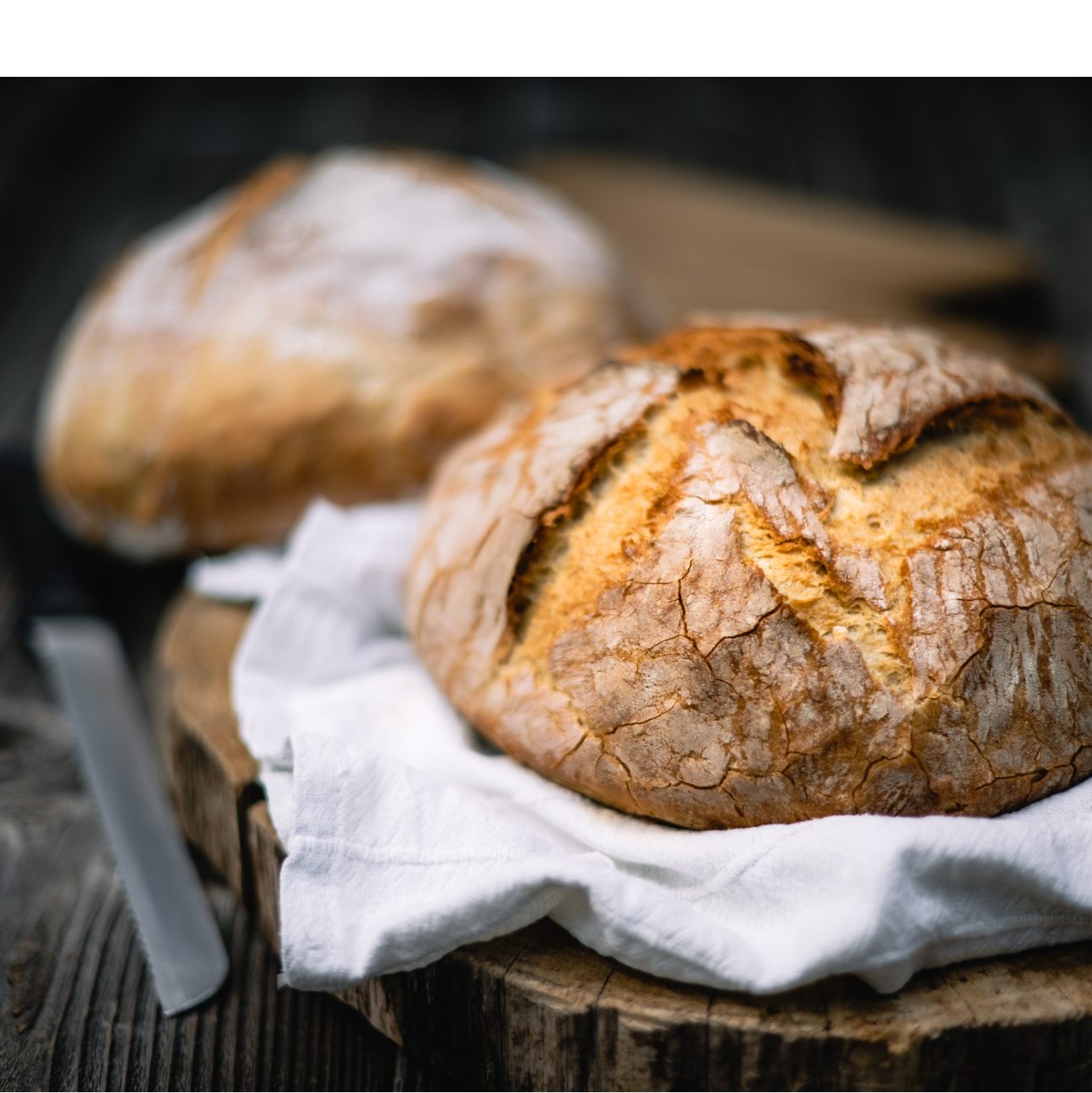
Types of Artisan Bread
Sourdough
Sourdough bread holds a special place in the history of leavened bread, as it predates the discovery of commercial yeast. Renowned for its tangy, sour flavor and crusty texture, sourdough has gained widespread adoration.
The leavening agent for sourdough is derived from an active sourdough starter, which is created by fermenting a mixture of flour and water in a warm environment for several days. During fermentation, natural sugars in the flour interact with lactobacillus bacteria, resulting in a bubbling reaction.
Once the starter has matured, it is combined with flour, water, and salt. The dough is then given a resting period, the duration of which varies among bakers. Following this rest, the dough is gently folded or kneaded on the work surface building surface tension, shaped into loaves, and then let the dough rise in a warm place for up to twelve hours.
To achieve its characteristic thick crust, artisan sourdough is often baked in a Dutch oven, creating a moist environment during the baking process.
Crafting artisan sourdough bread requires considerable time and effort, and it may come at a higher price point. However, the extraordinary, mouthwatering sour taste it delivers makes the journey well worthwhile for sourdough enthusiasts. It is a perfect loaf of fresh sourdough bread!
You can find my sourdough recipes here.
You can find my sourdough bread recipe here.
Ciabatta
Ciabatta, which means “slipper” in Italian, owes its name to its elongated, square shape reminiscent of a shoe. Originating in Italy, this artisan bread has gained popularity worldwide.
To create ciabatta bread, a starter known as a “sponge” is prepared using yeast, water, and flour. The sponge is left to rest for approximately a day, allowing it to develop a bubbly, spongy texture.
The bread dough is then crafted by combining the starter with additional yeast, water, milk, oil, and flour. After kneading or mixing, the dough undergoes a couple of hours of rising. It is then shaped into loaves and set aside for another round of rising. Finally, the loaves are baked on a baking stone at a higher-than-average temperature for a relatively short duration.
Compared to other artisan breads, ciabatta loaves tend to be more moist and spongy. This desirable texture is largely attributed to the inclusion of olive oil in the dough. Although ciabatta exhibits a mildly tangy flavor, it possesses a rustic charm that sets it apart from sourdough and other bread varieties.
Focaccia
Focaccia, another beloved Italian artisan bread, bears similarities to pizza in some aspects. Typically, it is baked as a flat slab in a wide baking dish or stone. Traditionally, it is adorned with sea salt and rosemary, although other favored toppings encompass olives, tomatoes, peppers, and various herbs.
The process of creating focaccia involves combining yeast, semolina flour, salt, olive oil, and often rosemary with warm water. The dough is kneaded for several minutes, gradually incorporating more olive oil. Afterward, the dough is left to rise for approximately an hour or two. It is then placed onto a baking pan or stone, pressed down to an approximate thickness of one inch, and allowed to rise for another half an hour or so.
At this stage, the baker carefully punctures the surface, pushing out any prominent air bubbles and creating dimples on the bread’s surface. The focaccia is then brushed with additional olive oil and left to rise for 45 minutes to an hour. It is adorned with herbs or other desired toppings. The baking process entails a high heat setting for about 15 minutes, and once it emerges from the oven, it is drizzled with a touch more olive oil.
Focaccia is commonly served at room temperature, sliced into squares. This delectable savory bread is perfect for snacking or enjoying as part of a meal.

Brioche
Originating in France, brioche bread comes in a myriad of forms and styles. As a general guideline, brioche encompasses bread that incorporates eggs and butter, imparting a luxurious, soft, pastry-like texture.
The process of crafting brioche typically begins by dissolving baker’s yeast in water, allowing it to rest for 10-15 minutes until it develops a foamy appearance. In a separate bowl, flour, salt, and sugar are combined. The amount of sugar may vary depending on the desired sweetness, but a small quantity is commonly added to enhance yeast activity.
Next, the yeast-water mixture and eggs are incorporated into the dry ingredients and thoroughly mixed. The dough is then kneaded for several minutes, introducing an intriguing phase of the process.
Adding butter to the dough presents various techniques. It is usually added gradually while kneading continues. Some bakers flatten the dough, spread softened butter, fold the dough over itself, and then knead it to integrate the butter. This procedure is repeated until the butter is evenly distributed throughout the dough.
Regardless of the method used, the butter is consistently introduced near the end of the kneading process. Premature addition of butter can hinder gluten development, resulting in a crumbly pastry-like texture rather than the desired spongy bread consistency.
After the butter has been incorporated, the dough is left to rise for one to two hours. It can then be refrigerated for several hours or overnight. Once the chilled dough is ready, it is divided into loaves and allowed to rise for an additional hour. A glossy egg wash is applied as a glaze, and the bread is finally baked to perfection.
Baguette
Baguettes, often referred to as “French bread,” are recognized for their elongated, slender shape and dense, crispy texture.
When it comes to ingredients, French baguettes embody the essence of classic artisan bread, requiring only flour, yeast, salt, and water.
The process begins by mixing yeast with warm water, followed by the immediate addition of salt and flour. The dough is vigorously beaten by hand until all the ingredients are thoroughly combined, resulting in a sticky, elastic consistency.
The dough is then left to rise for a minimum of twelve hours. Afterward, it is transferred onto a floured surface, divided, and shaped into individual loaves. These loaves are placed on a baking sheet dusted with cornmeal and left to rise for an additional hour and a half.
To achieve the desired crusty exterior, the loaves are sprayed with water and baked at high heat in a steam-filled oven. The baking process typically takes around 10 to 15 minutes, resulting in the characteristic golden-brown appearance.
Baguettes are a staple served fresh and are perfect for a variety of culinary delights.
Bagel
While commonly mass-produced, certain bagels can be considered artisan bread when meticulously crafted. These handmade bagels may involve the use of a starter or yeast mixed with warm water.
The starter, made from yeast, flour, water, and optionally wheat gluten, is prepared a few hours in advance. Alternatively, the yeast-water mixture is blended in a stand mixer with flour, salt, and sugar, followed by kneading or using a dough hook.
The dough is shaped into bagels, and a slow rise in the refrigerator may occur for up to two days. Before baking, the bagels are briefly boiled in baking soda water, then baked until golden brown at high heat. Various toppings such as sesame seeds, cinnamon, or cheese can be added to bagels.
Ultimately, whether artisan bread is worth the extra cost is a personal decision. Many people find the exceptional taste and texture well worth the price, but it’s up to each individual to decide.
Conclusion
I have put in my best effort to clarify the distinction between artisan bread vs sourdough bread, and I hope this information encourages you to seek out artisan bread in the future! My aim is to have addressed your questions about the differences between these bread types and to know the main difference between artisan bread vs sourdough bread.
You can find my bread-making products here!
- Sourdough Vanilla Cupcakes: A Twist on the Classic Treat
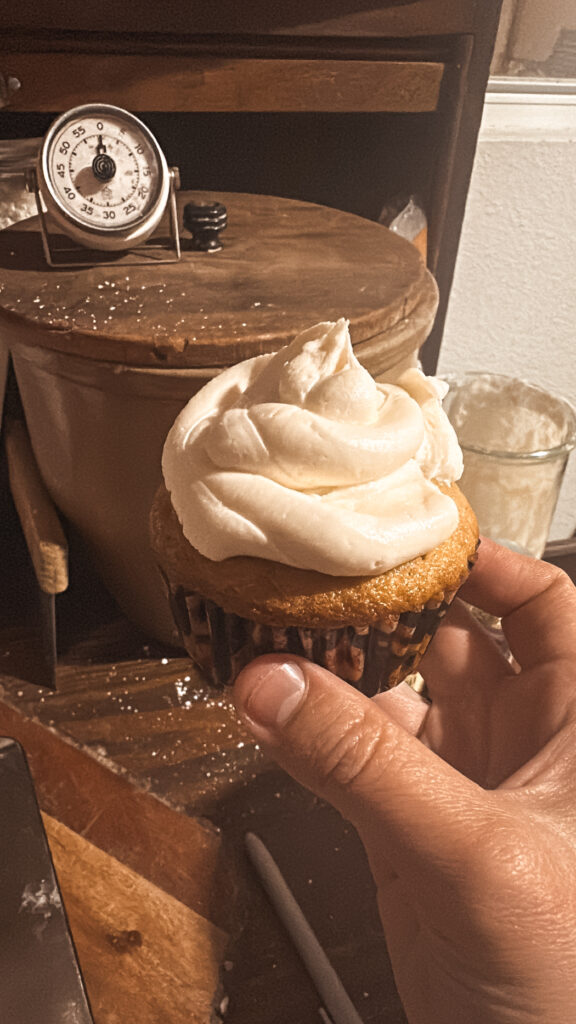
- Easy Homemade Biscuits: Quick & Delicious Recipes for Beginners
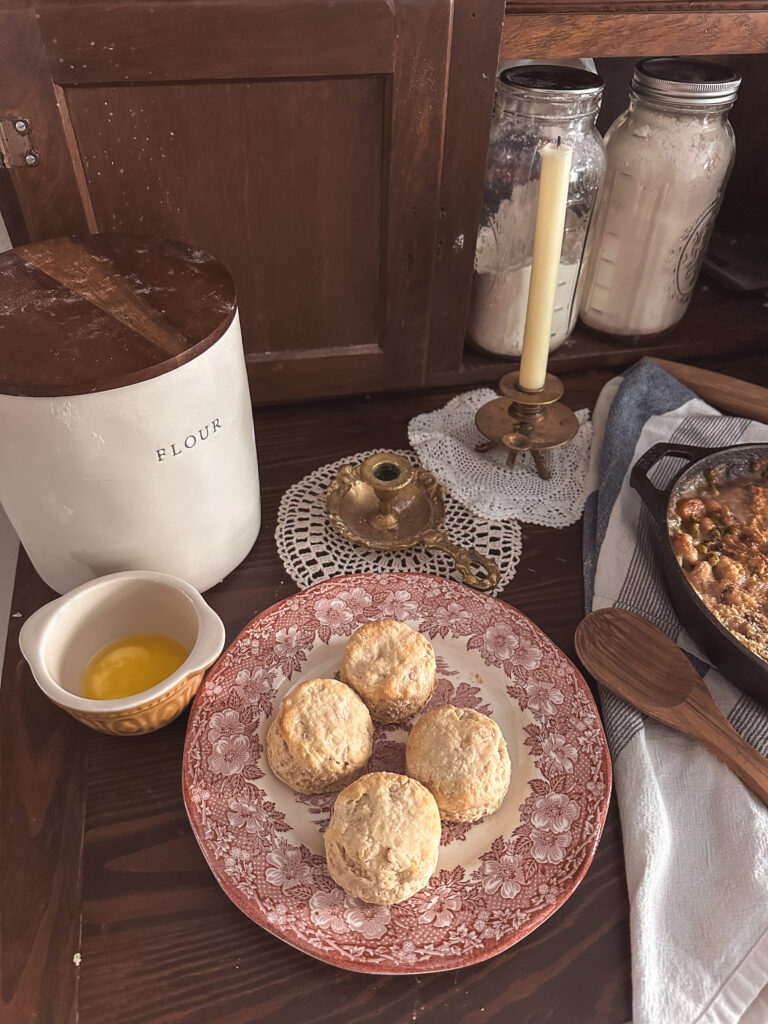
- Soft Dinner Rolls: Your Guide to Fluffy, Perfect Bakes
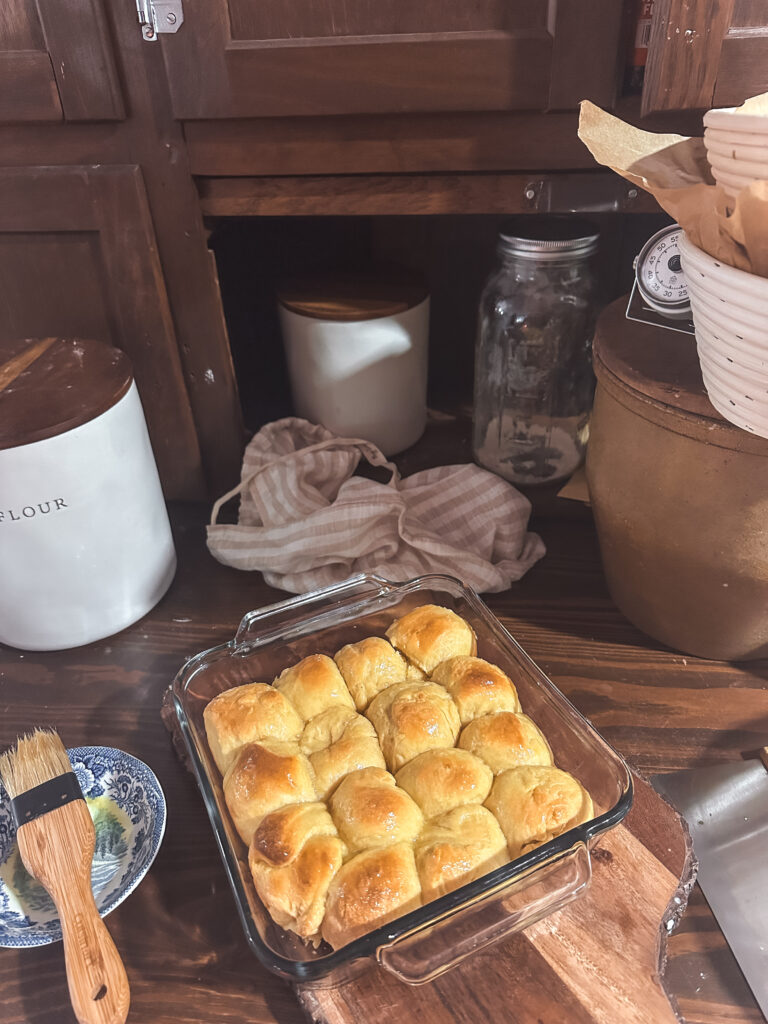
- How to Knead Dough: A Step-by-Step Guide for Perfect Bread
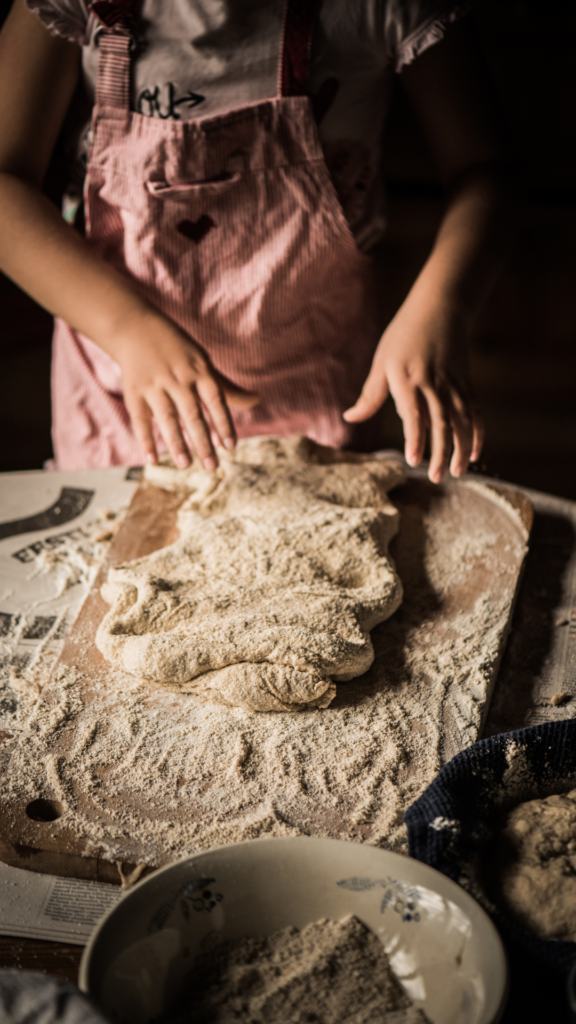
- SALT & STONE Deodorant Review: A Natural Deodorant?
- Sandwich Bread Recipe: The Perfect Loaf for Your Daily Sandwiches
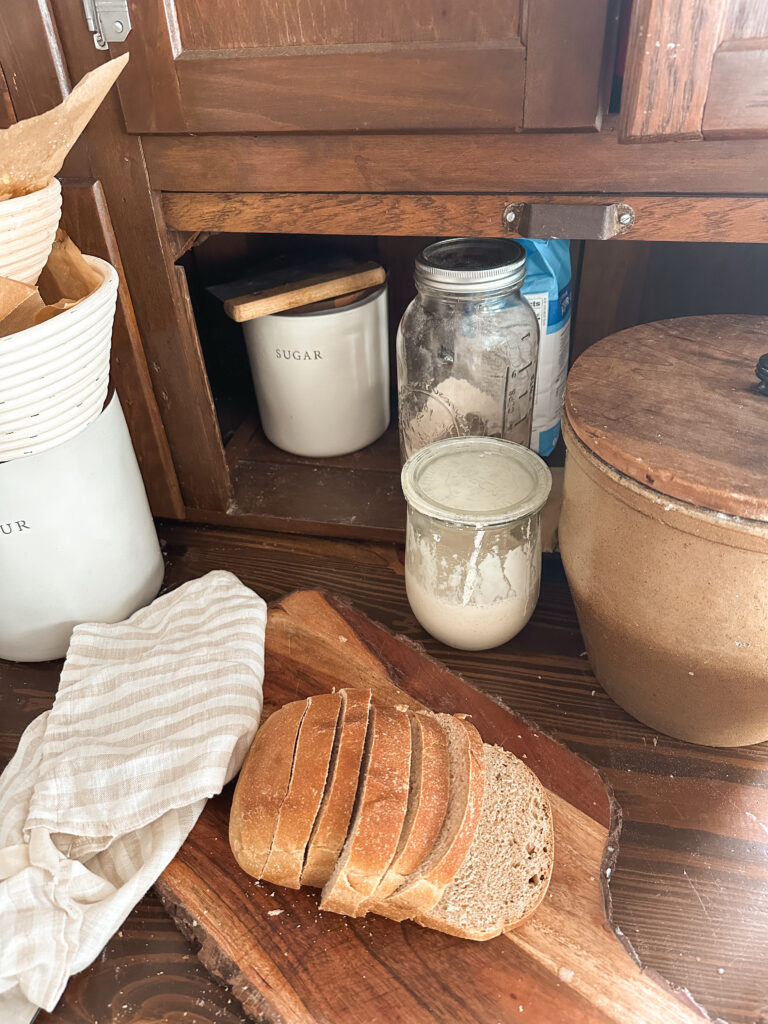
Explore Reader
SHOP
Fitbit Versa 2 Health & Fitness Smartwatch
SHOP
Bamboo Nesting storage boxes
SHOP
Ilia Super Serum Skin Tint SPF 40
SHOP
Ninja Max XL Electric Air FryeR
SHOP
Cuisinart 15-Piece Knife Set with Block
SHOP
Muse Bath Apothecary Hand Ritual
SHOP
Martha Stewart 100% Cotton Bath Towels
SHOP
Eozlink Fluffy Fur Slides
Leave a Reply Cancel reply
Watch me clean my home

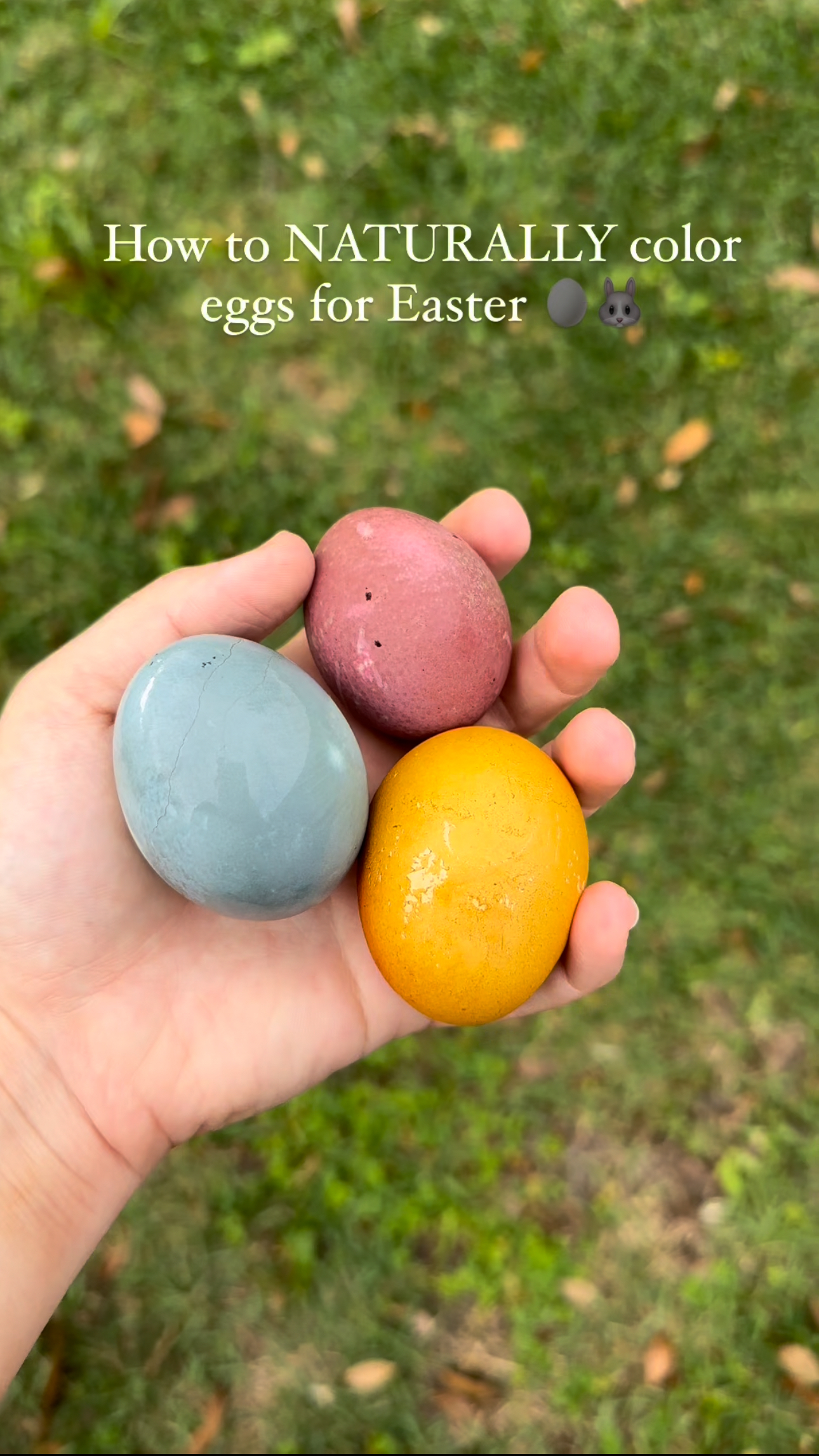

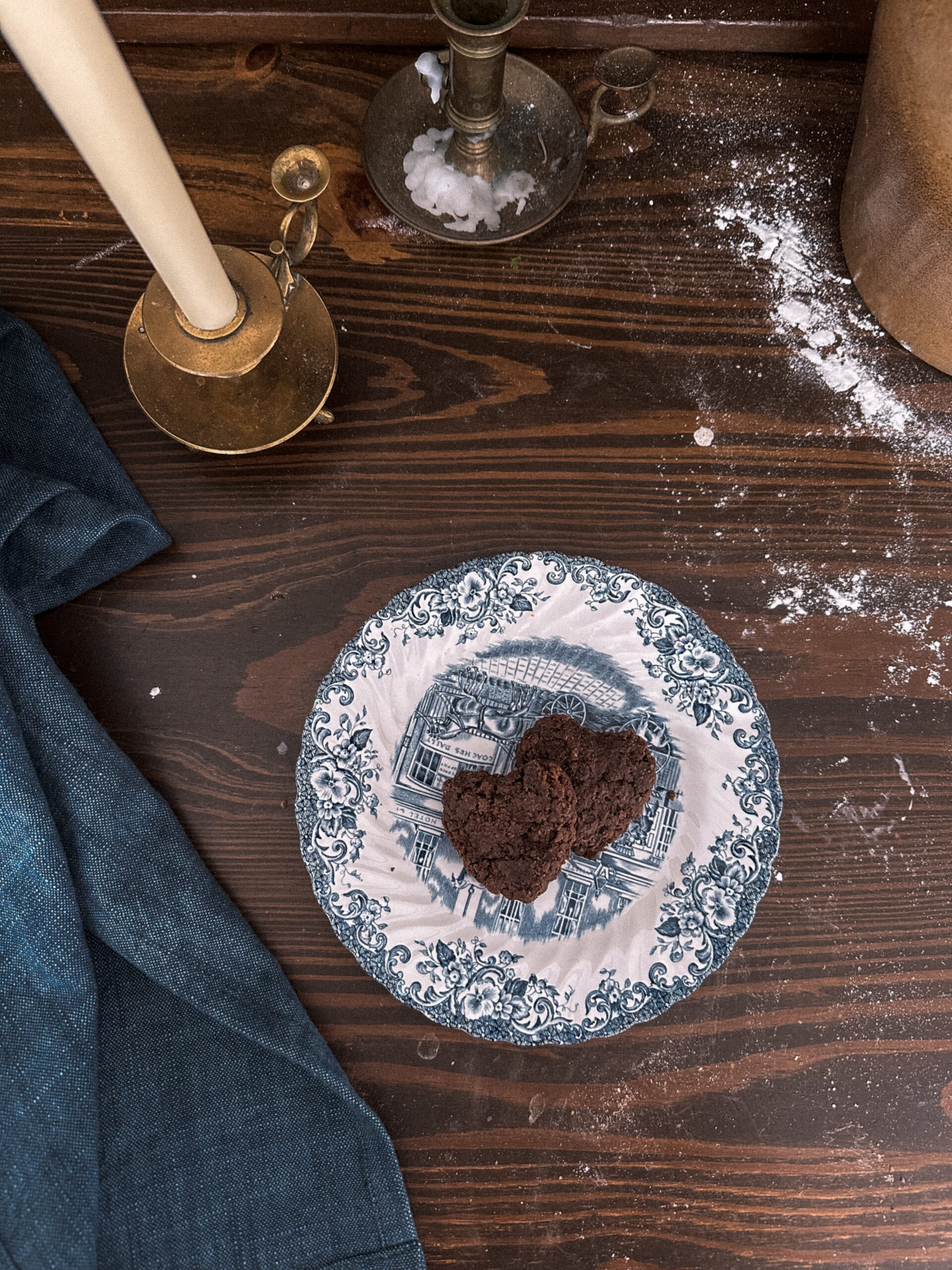
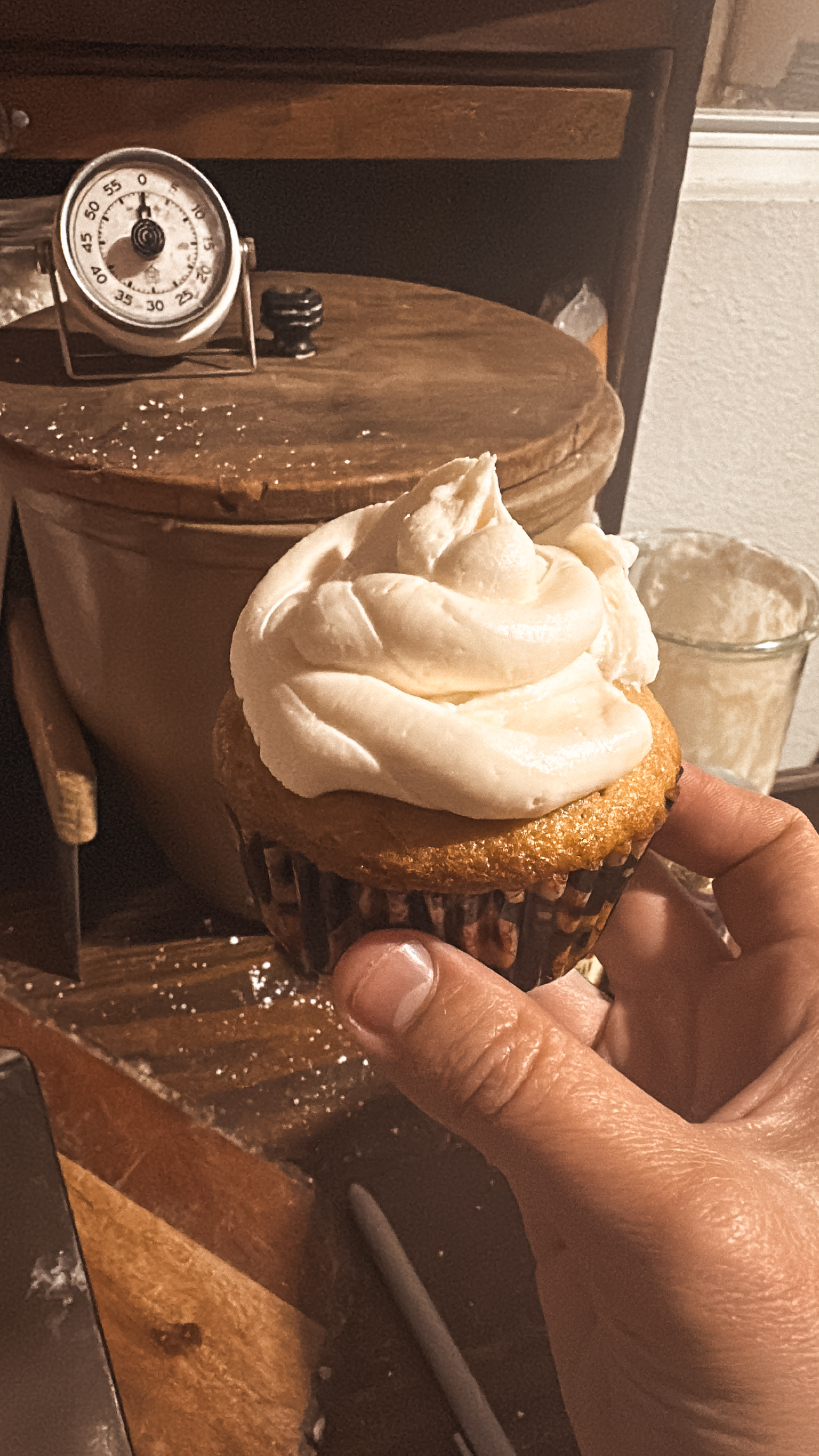
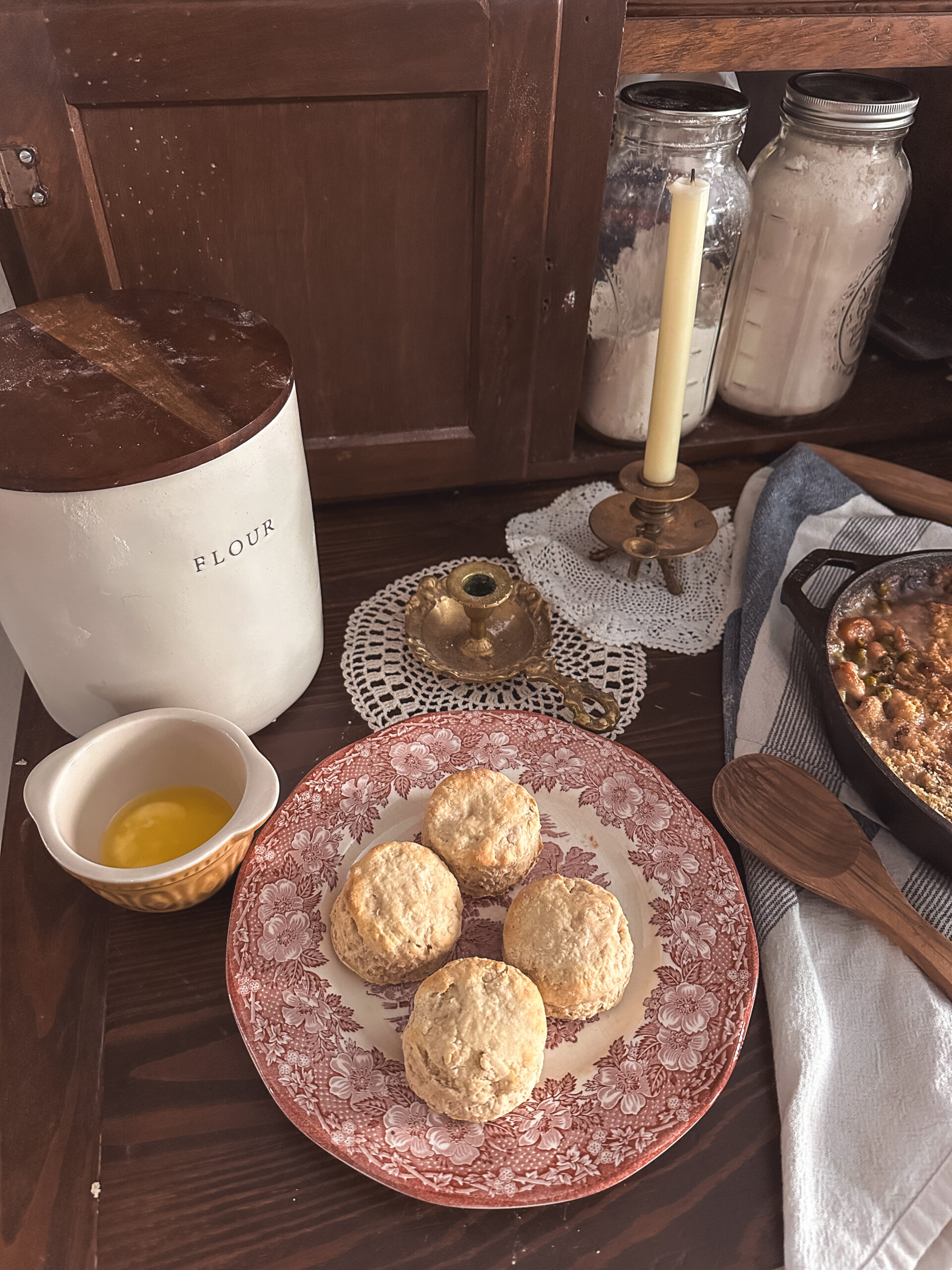

Be the first to comment